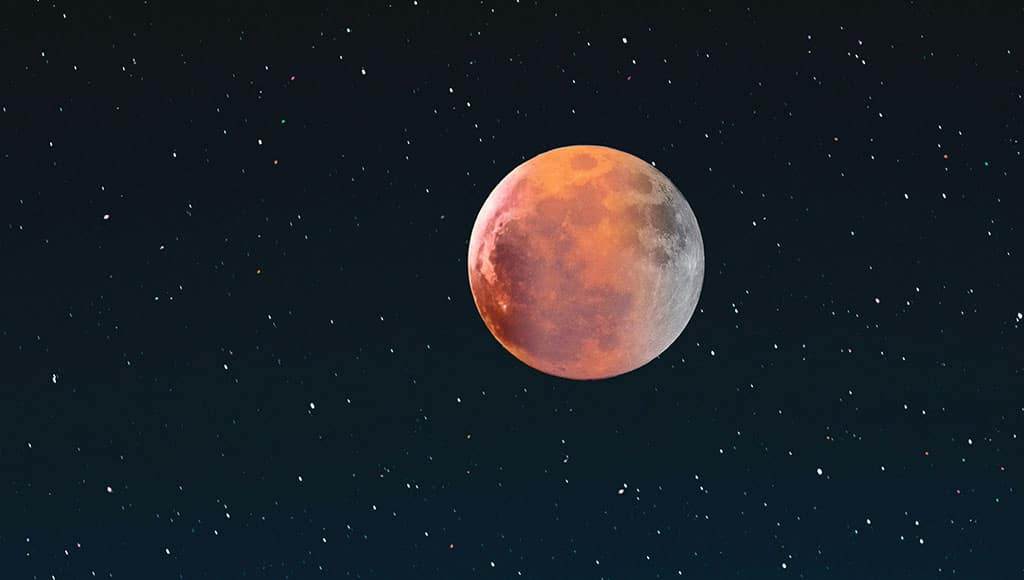Welcome to the May night sky. On the first of this month, the ringed planet Saturn, just before sunrise, is seen high in the east. Just below Saturn, the elusive planet Mercury is visible. If you use binoculars, the red planet Mars will be seen halfway between these planets. Mars is very faint now, so binoculars will be useful.
The planet Venus is moving towards solar conjunction when it will become practically invisible from the Earth. In May, it rises just a few minutes before the Sun and is soon lost in the solar glare.
At the beginning of the month, the gas giant planet Jupiter will be seen very low in the west northwest just after night fall. Jupiter sets less than an hour after sunset. This gas giant planet is at solar conjunction on the 18th when it disappears. It reappears in the morning sky at the end of next month.
For northern hemisphere observers, the easily recognizable constellation of Ursa Major, or the Great Bear, is to be seen overhead during late spring evening, and the Zodiacal constellation of Virgo is to be seen crossing the southern meridian.
Our view of the night sky this time of the year is at right angle to the plane of the Milky Way Galaxy, and this allows us to see beyond the dust and gas of our spiral arms and out into the depths of the Universe.
In this direction, we have a view of billions of remote galaxies rendered barely visible due to their immense distance from us. With a small telescope, hundreds of these objects are visible if you know where to look.
The best meteor shower in May is the Eta Aquarids. It is on May 4, and it is the remains of the tail of Halley’s comet.
The Moon is at last quarter is on May 1, new on the 8th, first quarter on the 15th, full Moon on the 23rd and last quarter again on May 3.
By Clive Jackson
|| features@algarveresident.com
Clive Jackson is the director of the Camera Obscura – Tavira EYE attraction, located near the Castle of Tavira. Specialising in education and public outreach.
281 322 527 | info@torredetavira.com www.torredetavira.com
To see the May Sky Map click on the pdf link below




















